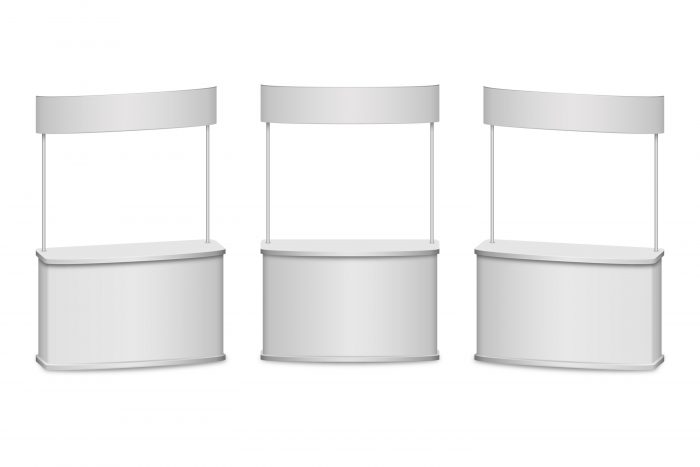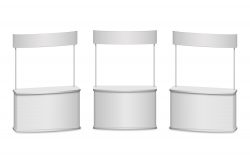Pop Up Displays: Making a Lasting Impression in Events and Exhibitions
In the realm of marketing and exhibitions, the significance of visual appeal cannot be overstated. Enter the realm of pop-up displays: versatile, eye-catching, and immensely effective in grabbing attention in a bustling environment. These displays have become an integral part of trade shows, conferences, and events where businesses aim to captivate audiences, stand out from the crowd, and leave a lasting impression.
Understanding Pop-Up Displays
Pop-up displays are portable exhibit systems designed to showcase a brand’s message, products, or services in a visually appealing and easily set-up manner. They come in various sizes, shapes, and styles, offering versatility and customization options to suit specific marketing needs. From simple fabric walls to intricate structures with lighting and multimedia integration, these displays cater to diverse requirements, allowing brands to craft immersive experiences for their audiences.
Types of Pop-Up Displays
Fabric Pop-Up Displays: Utilizing lightweight frames and stretchable fabric graphics, these displays offer a seamless and sleek appearance. The fabric can be printed with high-resolution images and logos, making it an ideal choice for vibrant, attention-grabbing visuals.
Panel Pop-Up Displays: These displays consist of interconnected panels that fold and unfold to create a backdrop. They often allow for attaching accessories such as shelves, monitors, or literature holders, enhancing the display’s functionality.
Magnetic Pop-Up Displays: Using magnetic connectors, these displays can be easily assembled and disassembled. They offer a seamless appearance and can incorporate both fabric and graphic panels.
Tower Pop-Up Displays: These vertical displays stand out by adding height to the exhibit. Towers can showcase additional visuals or information, attracting attention from afar and making the booth easily locatable in a crowded event space.
Benefits of Pop-Up Displays
Portability: One of the most significant advantages is their portability. Pop-up displays are lightweight and easy to transport, making them suitable for businesses participating in multiple events or trade shows.
Ease of Set-Up: These displays are designed for quick assembly and disassembly. Most systems require no tools and can be set up by a small team, saving time and effort during hectic event preparations.
Customization: With various sizes, shapes, and accessories available, pop-up displays offer a high level of customization. Brands can tailor the display to reflect their unique identity and effectively convey their message.
Cost-Effectiveness: Compared to elaborate custom-built exhibits, pop-up displays are a cost-effective option for businesses with budget constraints. They offer an impressive visual impact without breaking the bank.
Versatility: Pop-up displays are versatile and can be reused and reconfigured for different events. They allow for easy updates and modifications, ensuring adaptability to changing marketing strategies.
Applications of Pop-Up Displays
These versatile displays find applications across diverse industries and events:
Trade Shows and Exhibitions: Businesses use pop-up displays to create eye-catching booths and attract visitors amidst a sea of competitors.
Retail Environments: Retailers use pop-up displays to promote new products, showcase offers, or create themed displays within their stores.
Corporate Events: From conferences to product launches, pop-up displays serve as effective branding tools, conveying key messages to attendees.
Art Galleries and Museums: Pop-up displays aid in presenting information about artworks or exhibitions in an engaging and visually appealing manner.
Tips for Maximizing Pop-Up Display Impact
Focus on Visual Appeal: Use high-quality graphics and compelling visuals that resonate with the target audience.
Keep Messaging Clear: Avoid clutter and ensure that the message or brand proposition is communicated clearly and concisely.
Strategic Placement: Position the display where it’s most visible and accessible to the audience.
Interactive Elements: Incorporate interactive elements like touchscreens or product demonstrations to engage visitors.
Conclusion
Pop-up displays have emerged as indispensable tools for marketers seeking to make a significant impact in the competitive landscape of events and exhibitions. Their versatility, portability, and ability to captivate audiences make them an essential component of successful marketing strategies. By harnessing the potential of these displays, businesses can elevate their brand presence, attract attention, and leave a lasting impression on their target audience.






